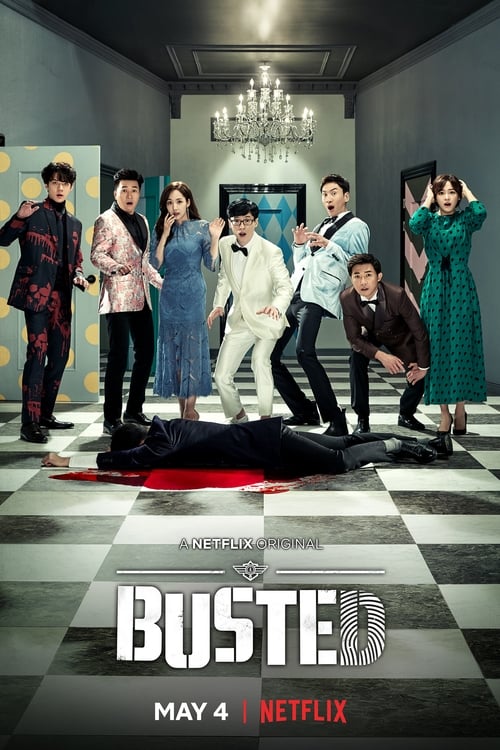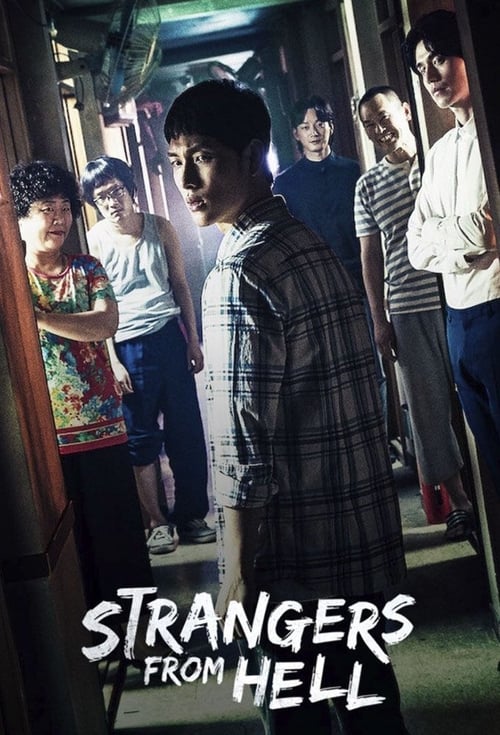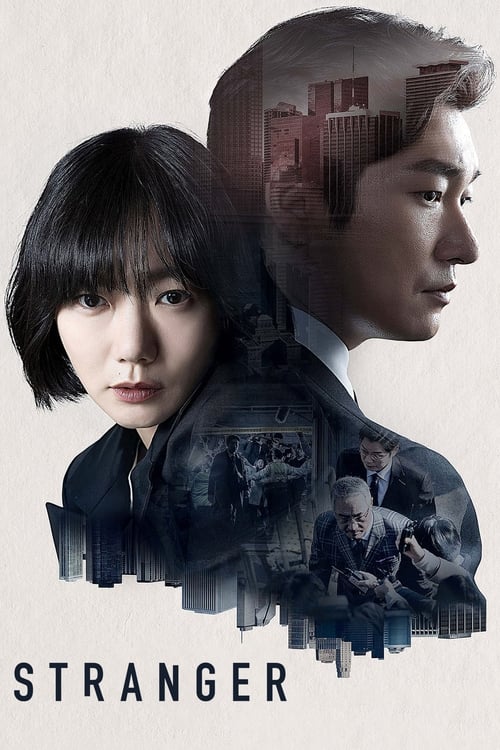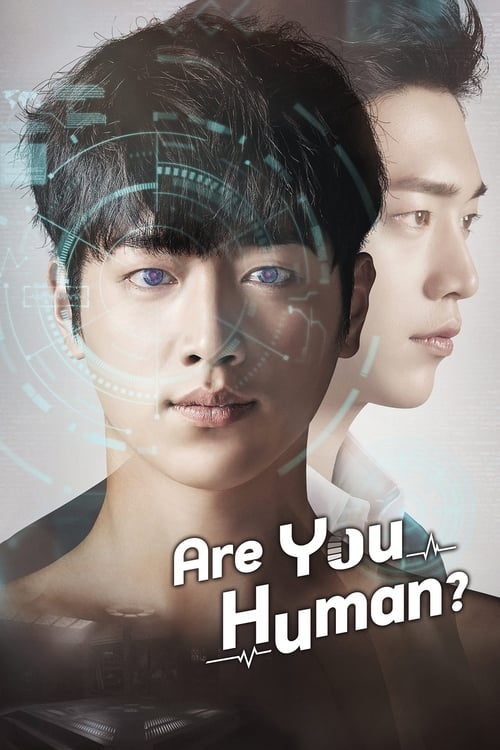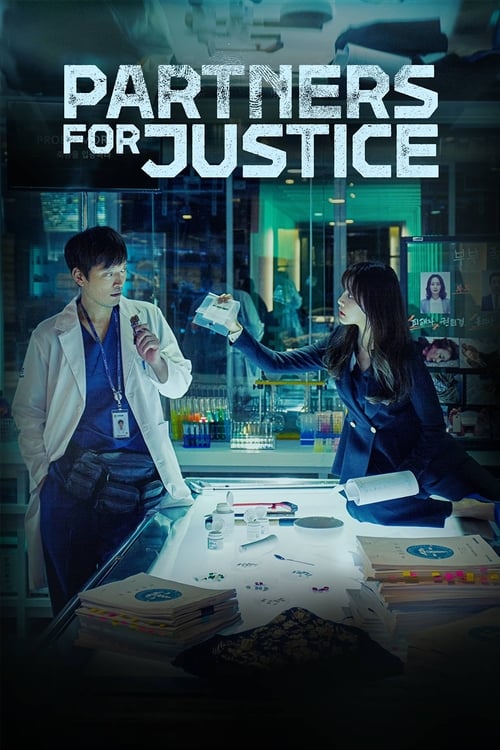
Ask Your Own Question
What is the plot?
In the opening scene of "Not Now, But Maybe In The Past," we see Detective Park Hae-young in the present day, reflecting on the unresolved cases that haunt him. He is particularly troubled by the unsolved murder of a young girl, which has been a recurring theme in his life. The atmosphere is tense as he grapples with his memories and the weight of his responsibilities.
The narrative shifts to a flashback where Hae-young is seen in his earlier days as a detective. He is passionate and determined, but also somewhat reckless. He is introduced to a new case involving a series of mysterious disappearances. Hae-young's partner, Detective Lee Jae-han, is more cautious and often serves as a grounding force for Hae-young's impulsive nature. Their contrasting personalities create a dynamic that drives their investigation forward.
As the investigation progresses, Hae-young and Jae-han discover a connection between the disappearances and a local man who has a history of violence. They confront him, leading to a tense interrogation scene where the man becomes increasingly agitated. Hae-young's frustration boils over, and he pushes for answers, but Jae-han intervenes, reminding him to stay professional. This moment highlights the internal conflict within Hae-young as he struggles to balance his emotions with his duty as a detective.
The story then transitions back to the present, where Hae-young receives a call from the mysterious walkie-talkie that connects him to Jae-han, who is still in the past. Jae-han informs Hae-young about a new lead in the case that could help them solve the mystery of the young girl's murder. Hae-young is filled with a mix of hope and anxiety as he realizes that they might finally be able to bring closure to the case.
In a pivotal scene, Hae-young and Jae-han coordinate their efforts across time. Hae-young provides Jae-han with crucial information about the suspect's whereabouts, while Jae-han takes risks to gather evidence. The tension escalates as Jae-han confronts the suspect in a dark alley. The confrontation is fraught with danger, and Jae-han must rely on his instincts to navigate the situation. He manages to subdue the suspect, but not without sustaining injuries, showcasing his bravery and commitment to justice.
As the episode progresses, Hae-young and Jae-han uncover a deeper conspiracy involving multiple individuals who are connected to the disappearances. They realize that the case is more complex than they initially thought, and the stakes are higher than ever. Hae-young's determination to solve the case intensifies, fueled by the emotional weight of the unsolved murder that has haunted him for years.
In the climax of the episode, Hae-young and Jae-han work together to set a trap for the main antagonist. They devise a plan to lure him out, using the information they have gathered. The tension is palpable as they prepare for the confrontation, knowing that this could be their only chance to bring justice to the victims. The scene is filled with suspense as they wait for the suspect to take the bait.
The confrontation unfolds in a dramatic sequence where Hae-young and Jae-han face off against the antagonist. A physical struggle ensues, with both detectives showcasing their skills and determination. Hae-young's emotional investment in the case drives him to fight fiercely, while Jae-han provides crucial backup. The scene is intense, filled with close calls and moments of vulnerability as they fight for justice.
In the aftermath of the confrontation, Hae-young and Jae-han reflect on the impact of their actions. They share a moment of camaraderie, acknowledging the sacrifices they have made in their pursuit of justice. Hae-young feels a sense of relief as they finally close the case, but he is also reminded of the emotional toll it has taken on him.
The episode concludes with Hae-young back in the present, contemplating the lessons learned from the past. He understands that while they have solved the case, the scars of their experiences will remain. The final scene leaves viewers with a sense of closure, yet hints at the ongoing struggles that both detectives will continue to face in their pursuit of justice.
What is the ending?
In the ending of "Signal," Season 1, Episode 14, titled "Not Now, But Maybe In The Past," the characters face the consequences of their actions as they attempt to resolve the ongoing conflict with the serial killer. The episode concludes with a tense confrontation that leads to significant revelations about the past and the characters' motivations.
As the episode unfolds, we see the main characters, Park Hae-young, Lee Jae-han, and Kim Hyeon-ju, working together to piece together clues from the past to prevent further murders. Their investigation leads them to a critical moment where they confront the killer, revealing the emotional weight of their past experiences and the impact of their choices. The episode ends with a sense of resolution but also leaves lingering questions about the nature of time and the consequences of their actions.
The episode begins with a flashback to a pivotal moment in the past, where Park Hae-young is seen grappling with the weight of his memories. He is haunted by the unresolved cases and the lives that were lost due to the serial killer's actions. The scene is filled with a sense of urgency as he reflects on the importance of his work and the lives he hopes to save.
Transitioning to the present, Hae-young, Lee Jae-han, and Kim Hyeon-ju gather in the police station, poring over evidence and discussing the latest developments in the case. The atmosphere is tense, filled with a mix of determination and anxiety. Hae-young's internal struggle is palpable as he wrestles with the fear of failure and the desire to protect those he cares about.
As they delve deeper into the investigation, they uncover a crucial piece of evidence that leads them to the killer's identity. The trio's dynamic is highlighted in this scene, showcasing their camaraderie and the trust they have built over time. Hyeon-ju's resolve strengthens as she recalls her own motivations for pursuing justice, while Jae-han's steadfastness provides a sense of stability amidst the chaos.
The narrative shifts to a climactic confrontation with the killer, where the stakes are at their highest. The scene is charged with tension as the characters face the embodiment of their fears. Hae-young's emotional turmoil comes to the forefront as he confronts the killer, driven by a mix of anger and desperation. The visuals are striking, with close-ups capturing the intensity of their expressions and the weight of their shared history.
In the heat of the moment, revelations about the killer's past emerge, intertwining with the characters' own backstories. This moment serves as a turning point, forcing each character to confront their own demons and the impact of their choices. The emotional stakes are elevated as they grapple with the realization that their actions have far-reaching consequences.
As the confrontation reaches its peak, the characters make a collective decision that reflects their growth and understanding of the situation. They work together to subdue the killer, showcasing their unity and the strength of their bond. The scene is filled with a mix of relief and sorrow as they realize the cost of their victory.
In the aftermath, the characters reflect on the events that transpired. Hae-young, now more resolute than ever, contemplates the importance of their work and the lives they have touched. Hyeon-ju finds a sense of closure as she acknowledges her own motivations and the impact of her choices. Jae-han, embodying a sense of hope, reassures them that they can continue to make a difference.
The episode concludes with a poignant moment of reflection, leaving the audience with a sense of both resolution and lingering questions about the nature of time and the choices that shape their lives. Each character's fate is intertwined with the lessons learned from their experiences, emphasizing the importance of connection and the pursuit of justice.
Is there a post-credit scene?
In "Not Now, But Maybe In The Past," the 14th episode of "Signal," there is no post-credit scene. The episode concludes without any additional scenes or content after the credits roll. The focus remains on the main narrative and character developments throughout the episode, wrapping up the storylines presented without extending into a post-credit moment.
What significant event does the character Park Hae-young investigate in this episode?
In this episode, Park Hae-young investigates a case involving a missing girl, which leads him to uncover connections to a past incident that haunts him and his colleagues.
How does the communication between Park Hae-young and Lee Jae-han evolve in this episode?
The communication between Park Hae-young and Lee Jae-han deepens as they work together to solve the case, with Hae-young grappling with the emotional weight of their interactions and the implications of their time-crossing communication.
What role does the character Kim Hyeon-jung play in this episode's investigation?
Kim Hyeon-jung plays a crucial role as she assists Park Hae-young in piecing together clues from the past, showcasing her determination and emotional investment in solving the case.
What internal conflict does Park Hae-young face regarding his past in this episode?
Park Hae-young faces an internal conflict as he reflects on his past decisions and the impact they have on the present investigation, struggling with feelings of guilt and responsibility.
How does the episode explore the theme of time and its impact on the characters' lives?
The episode explores the theme of time through the characters' interactions across different timelines, highlighting how past events shape their current realities and emotional states, particularly in Hae-young's relationships.
Is this family friendly?
"Signal," season 1, episode 14, titled "Not Now, But Maybe In The Past," contains several elements that may be considered objectionable or upsetting for children or sensitive viewers.
-
Violence: The episode includes scenes depicting crime and violence, which may be intense or distressing for younger audiences.
-
Murder Investigation: The central plot revolves around a murder case, featuring discussions and depictions of the aftermath of violent crimes.
-
Emotional Distress: Characters experience significant emotional turmoil, including grief and trauma related to loss, which may be heavy for sensitive viewers.
-
Dark Themes: The episode explores themes of regret, loss, and the impact of past actions, which may be difficult for children to process.
-
Police Procedures: There are scenes involving police investigations that may include tense confrontations and discussions of criminal behavior.
These elements contribute to a tone that may not be suitable for all audiences, particularly younger children or those who are sensitive to such themes.















